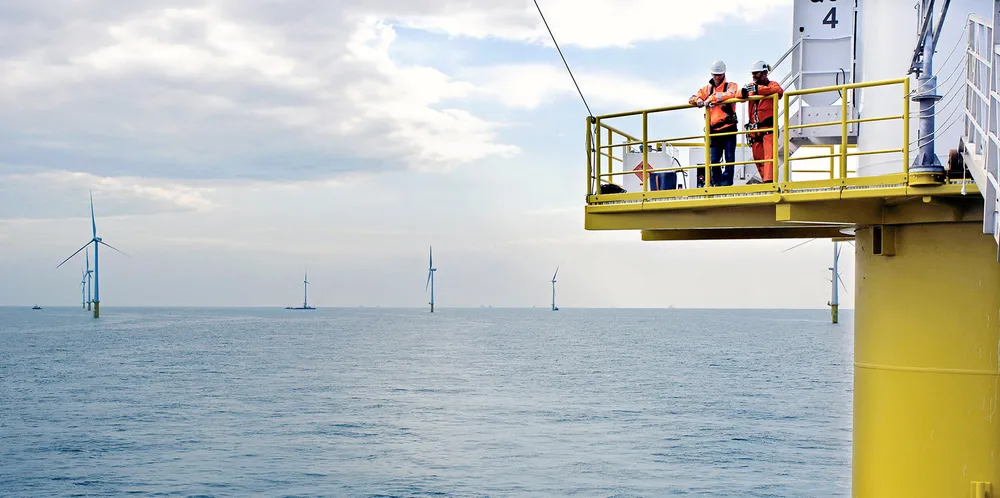'Traffic lights' needed for offshore wind and carbon capture projects to operate safely
'Overlapping' sea-based wind and CCS workable so long as close eye kept on seismic activity and CO2-driven pressure level rises in structures below seabed, says Fugro report

Offshore wind power plants could operate alongside carbon capture and storage (CCS) projects in the North Sea so long as a close eye was kept on the sites below the seabed used for seismic activity, according to a new study for the Dutch government.
The study, carried out by geodata specialist Fugro for the Netherlands’ ministry of economic affairs and climate policy, concluded “both offshore wind farms and CCS [operations] can coexist” but flagged four key recommendations “to ensure the safety of future projects”.
“Through our teams’ analysis, we were able to share valuable insights that ensure the assets of the new energy economy operate in a safe, sustainable and efficient manner,” said James Faroppa, Fugro’s director of marine geoconsulting on Europe-Africa.
“This study is testament to our ongoing support of the energy transition, and we’ll continue to work closely with our clients and partners to expedite projects and build programmes that further improve energy security, environmental sustainability and safety for all.”
The results of this study will be used to inform regulatory decisions and guide future “overlapping” CCS and offshore wind developments, Faroppa said
The Dutch currently have two CCS flagship projects, dubbed Porthos and Aramis, as well as plans to have over 20GW of power being generated by offshore wind farms by 2030.
(Copyright)